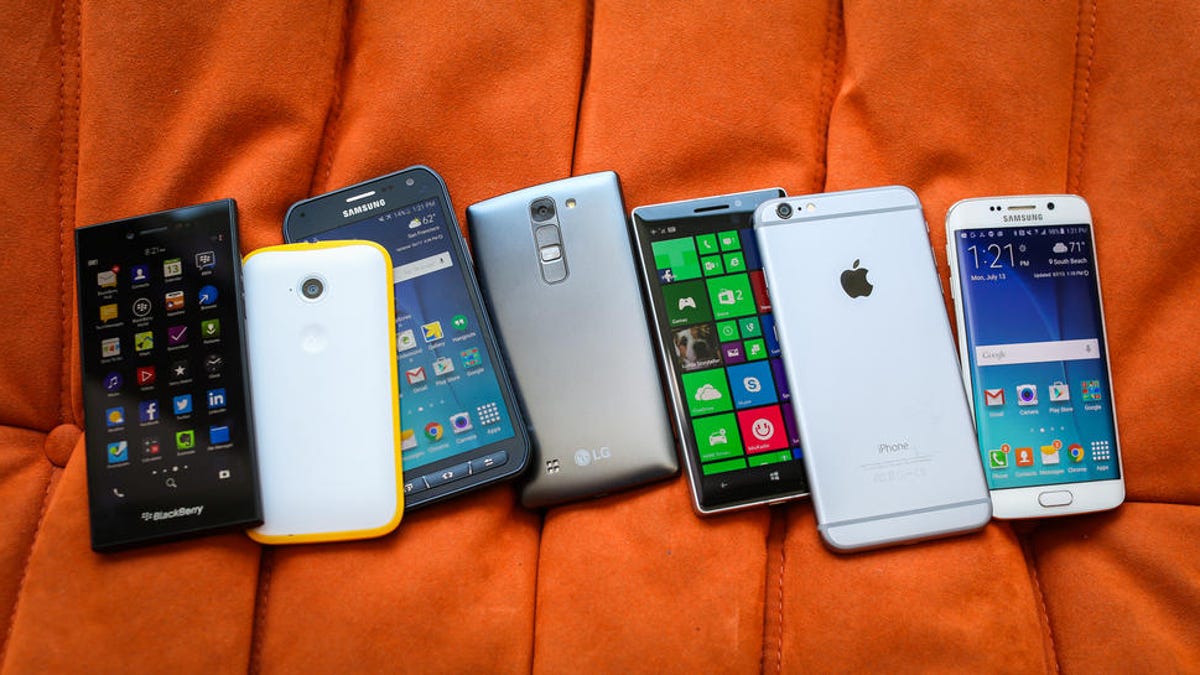For Apple, Samsung: Turn off the phone, the party's over?
A maturing and more saturated smartphone market across the globe "has some grave consequences" for iPhones and high-end Android phones, says research firm IDC.

The smartphone market has seen better days.
The smartphone industry may have seen its last year of double-digit growth in 2015, and that could spell challenges for Apple and makers of high-end Android phones.
Last year saw smartphone shipments rise by 10.4 percent from the previous year, IDC said in a report released Thursday. But this year will see that growth rate drop to just 5.7 percent from 2015.
Mature markets, such as the US, China and Western Europe, were already mired in single-digit growth for smartphone shipments last year. High-growth markets, such as India, Indonesia, the Middle East and Africa, managed to prove stronger.
"The mature market slowdown has some grave consequences for Apple, as well as the high-end Android space, as these were the markets that absorbed the majority of the premium handsets that shipped over the past five years," Ryan Reith, program director with IDC's Worldwide Quarterly Mobile Phone Tracker, said in a statement.
The smartphone industry has been hit by a malady known as "phone fatigue." Consumers in mature markets have been turned off by a lack of exciting features in new phones, causing more of them to stick with their current smartphones. At the same time, mobile carriers are doing away with subsidized plans, causing more customers to buy their phones at the full retail price, putting a damper on sales of expensive models.
There were some brights spots in IDC's forecast.
Unveiled in February, Apple's new "Trade Up With Installments" program is expected to help convince more customers to upgrade. The program lets you trade in an old iPhone or other smartphone, apply the value of that device to a new iPhone and then pay off that new phone in installments over 24 months.
"By entering this space, Apple can more tightly control the trade-in offerings, as well as monitor the demand for where these perfectly functioning 1-year old iPhones end up," Reith said. "The latter is just as important as the trade-in location as it will give Apple a strong pulse on areas of high demand but perhaps less disposable income."
Consumers also will continue to crave big-screened smartphones. Such phones, aka phablets, accounted for 20 percent of all smartphone shipments last year, according to Anthony Scarsella, research manager with IDC's Mobile Phones team. By 2020, that number is expected to increase to 32 percent, from 20 percent last year, for Android phablets and to 31 percent, from 26 percent in 2015, for big-screened iPhones.
Android makers can find greater opportunities to sell lower-cost phones. In 2015, only 14 percent of Android phones cost $400 or higher. Sales margins are also thin on cheaper phones. Still, Android's slice of the smartphone market is expected to grow to 85 percent in 2020 from 81 percent last year.
Overall smartphone shipments are expected to increase from 1.44 billion last year to 1.5 billion next year and 1.9 billion in 2020, IDC projected.

